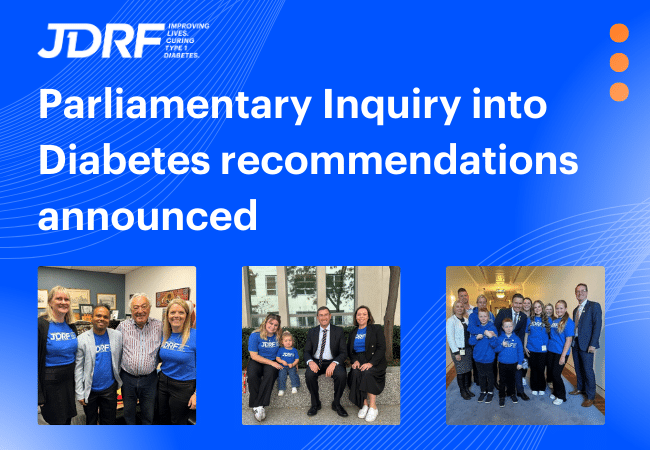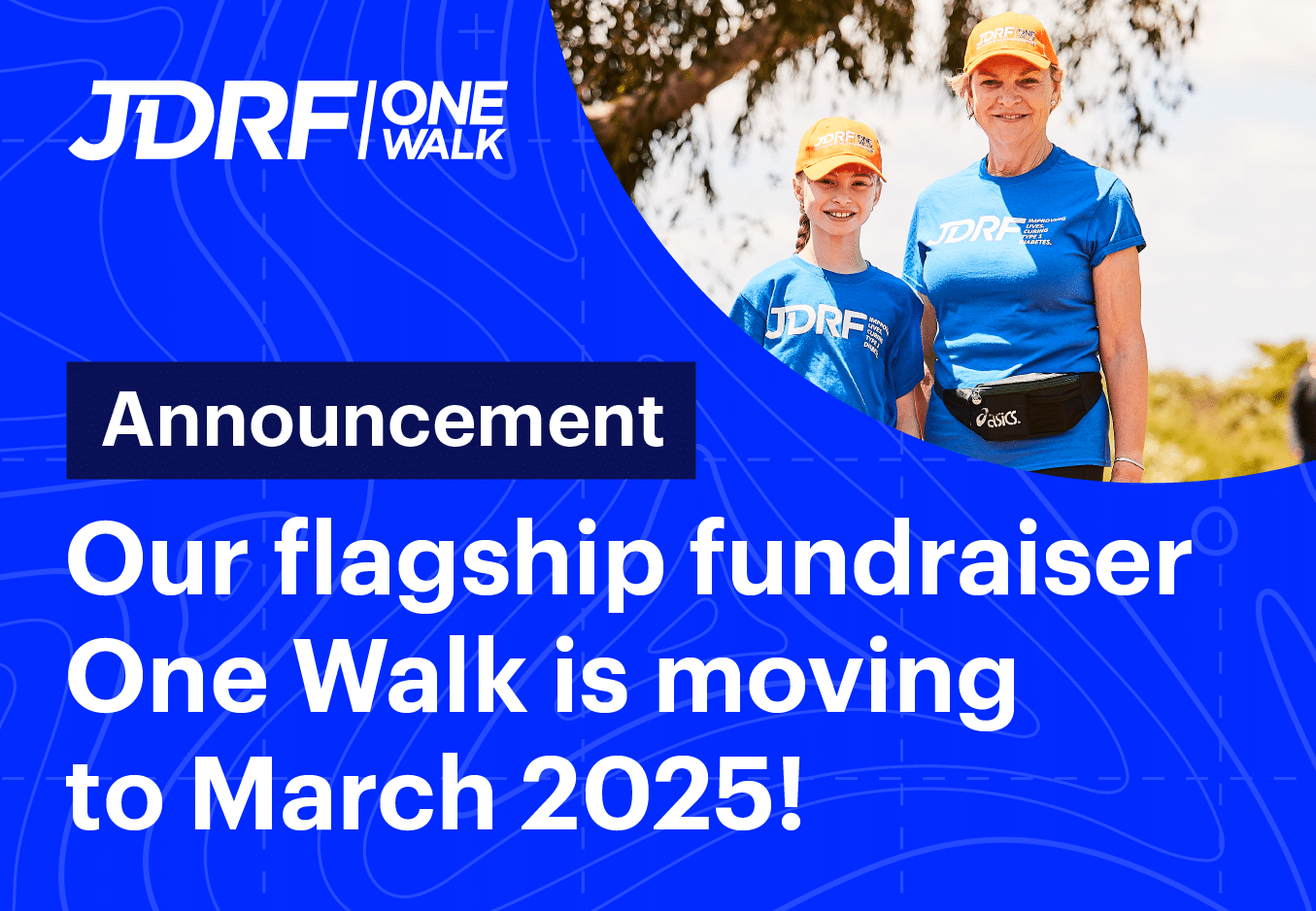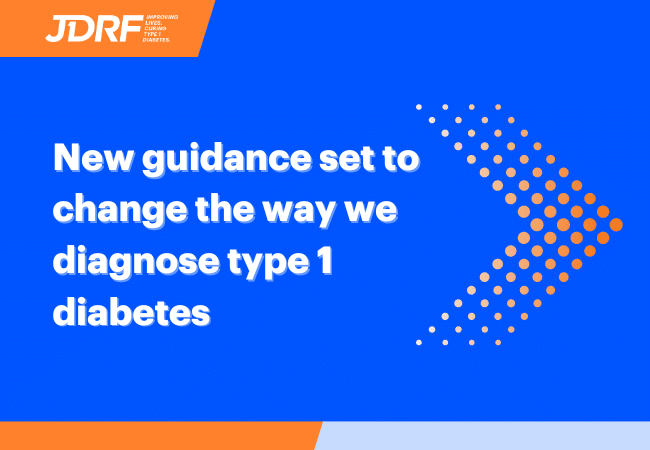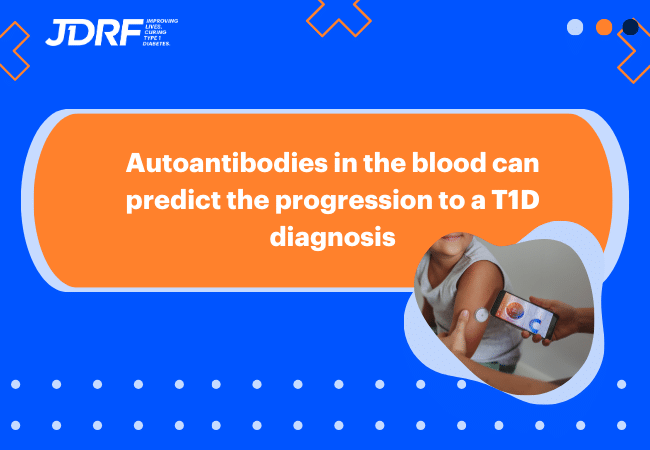The Access For All Journey
The campaign for increased access to continuous glucose monitoring devices (CGMs) for the T1D community has been a long and winding road.
6 years ago, there was no government reimbursement for CGMs at all. Thanks to consistent advocacy and campaigning from leading diabetes organisations, the landscape has changed significantly– transforming the lives of many people managing type 1 diabetes (T1D).
These changes have been made possible through the collaboration of a wide range of diabetes stakeholders committed to improving the lives of people with T1D, alongside research and consensus statements demonstrating the benefits of the vital technology.
Establishment of the Diabetes Alliance
One crucial step in this process was the establishment of the Diabetes Alliance, which includes membership from JDRF Australia, Diabetes Australia, the Australian Diabetes Society, The Australian Diabetes Educators Association, the Australian Paediatric Endocrine Group, and the Australasian Diabetes in Pregnancy Society.
The stakeholders first met at Parliament House in 2014 and the Alliance was formed so that members could work closely on issues of mutual interest – including greater technology access.
The following year, the Diabetes Alliance worked on and endorsed a submission to government for a scheme to provide affordable access to CGM for Australians with T1D. This was reinforced with a systematic and sustained advocacy campaign that targeted all Federal MPs and Senators.
Initial CGM subsidisation
As a result of this collaborative advocacy, in May 2016 the Coalition made a pre-election commitment of $54m over the forward estimates towards CGM reimbursement with no out-of-pocket costs for people with T1D under the age of 21, through the National Diabetes Services Scheme (NDSS). In June 2016 the ALP also made an election commitment of $79.7m to CGM reimbursement.
The CGM initiative was launched on 1 April 2017. In November 2018, this program was extended at a further cost of $100m over four years to children and young people with conditions similar to T1D (such as neonatal-onset diabetes) that require insulin, women who are pregnant, planning pregnancy or immediately post-partum, and people with T1D aged 21 and older who have concessional status.
In February 2020 the program was further expanded to include access to the Freestyle Libre flash glucose monitoring system (FGM) and program investment was listed at a total cost of $300m over four years, ongoing.
These program refinements were a gamechanger for many who could now access the benefits of glucose monitoring technology, however it remained out of reach for those who did not qualify for subsidised access and could not afford to self-fund continued use, which cost up to $5,000 per year.
Expanded subsidisation and #AccessForAll
To track and demonstrate the impact of the initial changes, JDRF undertook a Continuous Glucose Monitoring Program Evaluation between 2017 and 2020, analysing the clinical outcomes from children and people with T1D who were on CGM and Flash GM. The analysis found that after 6 months of using CGM, people who took part in the scheme were more likely to have an HbA1c of less than 7%, which continued to improve throughout the 2-year study period.
JDRF also commissioned and published a 2020 Accenture report on the economic cost of T1D in Australia, which was used alongside data from the NDSS’ Australian Diabetes Map to demonstrate the cost and impact of T1D in electorates across the country – and how that could be alleviated with improved access to CGMs.
In 2021, the ADS/ADEA/ADIPS/APEG Working Group published a consensus statement on utilisation, access, and recommendations regarding technology for people living with T1D. This recommended a national framework to ensure equitable and sustainable implementation of the technologies and a shift towards individualised management goals that consider the benefits offered by technologies.
A submission to the Federal Government for universal subsidised access to CGMs was then endorsed by the Alliance. This was accompanied by hundreds of meetings throughout 2021 and 2022, during which advocates across the country took the #AccessForAll issue to their MPs and Senators to demonstrate what their support could mean for their local community members with T1D.
After years of sustained campaigning, this ultimately resulted in a $273.1 million bipartisan commitment on the 17th of April 2022 for continuous and flash glucose monitors to be available through the NDSS from 1 July 2022 for everyone, with a maximum co-payment of $32.50 per month only for those over 21 who did not otherwise have access.
The existing eligibility criteria to provide fully subsidised CGM products with no co-payment for those under 21, concession card holders and pregnant women, will remain unchanged.
—
This is a momentous outcome that will help give the entire T1D community, across all age groups, the opportunity to benefit from glucose monitoring technology, making their condition management simpler, easier, more accurate, and far more affordable.
The benefits of continuous and flash glucose monitors can be best supported by diabetes healthcare professionals, who are well placed to assist people with T1D utilise these technologies for optimal condition management.
These evolving advancements for access to subsidised T1D technology would not have been possible without the longstanding collaboration of the Diabetes Alliance and its commitment to the T1D community.




